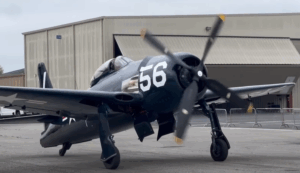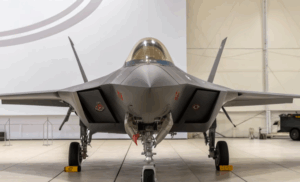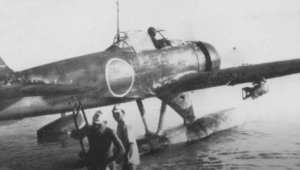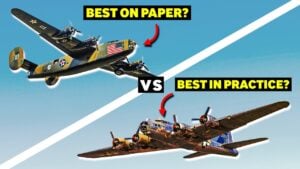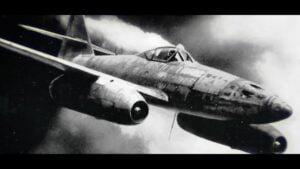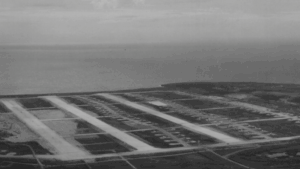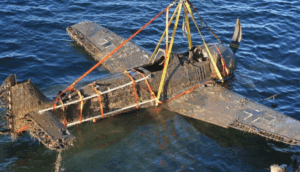The First WWII Fighter in History To Fly With Jet Engines

Panzer Archeology / YouTube
Between 1935 and 1945, German aviation engineers worked to develop new technologies, including jet propulsion. A major part of this effort took place at the Ernst Heinkel Flugzeugwerke in Rostock. One of the key figures was engineer Hans Joachim Pabst von Ohain. He played an important role in the early stages of jet engine development. His work built on earlier ideas, including a 1921 patent by French engineer Maxime Guillaume and a 1930 British patent by Frank Whittle.
Von Ohain focused on creating a continuous burning rotary engine. This design laid the foundation for Germany’s first jet-powered aircraft. After the German Air Force was formed, jet research increased. Heinkel’s engineers built the He 178, the first aircraft powered by a jet engine to fly. But it was seen as an experiment, and the Air Force was not interested in pursuing it further. Jet development was also taking place at Messerschmitt, but with limited support and slow results.

Development of the He 280
Despite the lack of official backing, Heinkel engineers began developing a second aircraft in late 1939. This one was intended for production, not just testing. Led by designer Robert Lusser, the team created a twin-engine fighter with a low-wing layout and Heinkel HeS 8 engines. The new aircraft was called the He 280.
The He 280 had a streamlined body, twin tail fins, and a nose wheel landing gear. It also included one of the earliest ejection seats. Its maximum takeoff weight was 4,300 kg. It could reach speeds up to 820 km/h but had a short range of only 370 km. The first prototype was completed in 1940 but lacked engines, so it only made glider flights. It wasn’t until March 1941 that a version with engines flew for the first time.

Technical Issues and Testing
The He 280 showed potential but suffered from technical problems. Engine reliability was a major issue. Engineers considered switching to new engines like the HeS 30, but progress remained slow. The Air Ministry eventually decided to test other engines, such as the BMW 003 and the Junkers Jumo 004. Several prototypes were built using different power plants. One was even tested with pulsejet engines, which ended in failure and the use of the ejection seat.

The End of the Project
In late 1942, the He 280 demonstrated better performance than the Focke-Wulf Fw 190 in mock combat. An order for 30 aircraft followed. But by March 1943, the program was canceled. Heinkel was told to focus on bombers, and attention shifted to the more advanced Me 262. Out of nine He 280s built, two crashed and the others were used for testing. Only one prototype received full armament with three 20 mm cannons.














